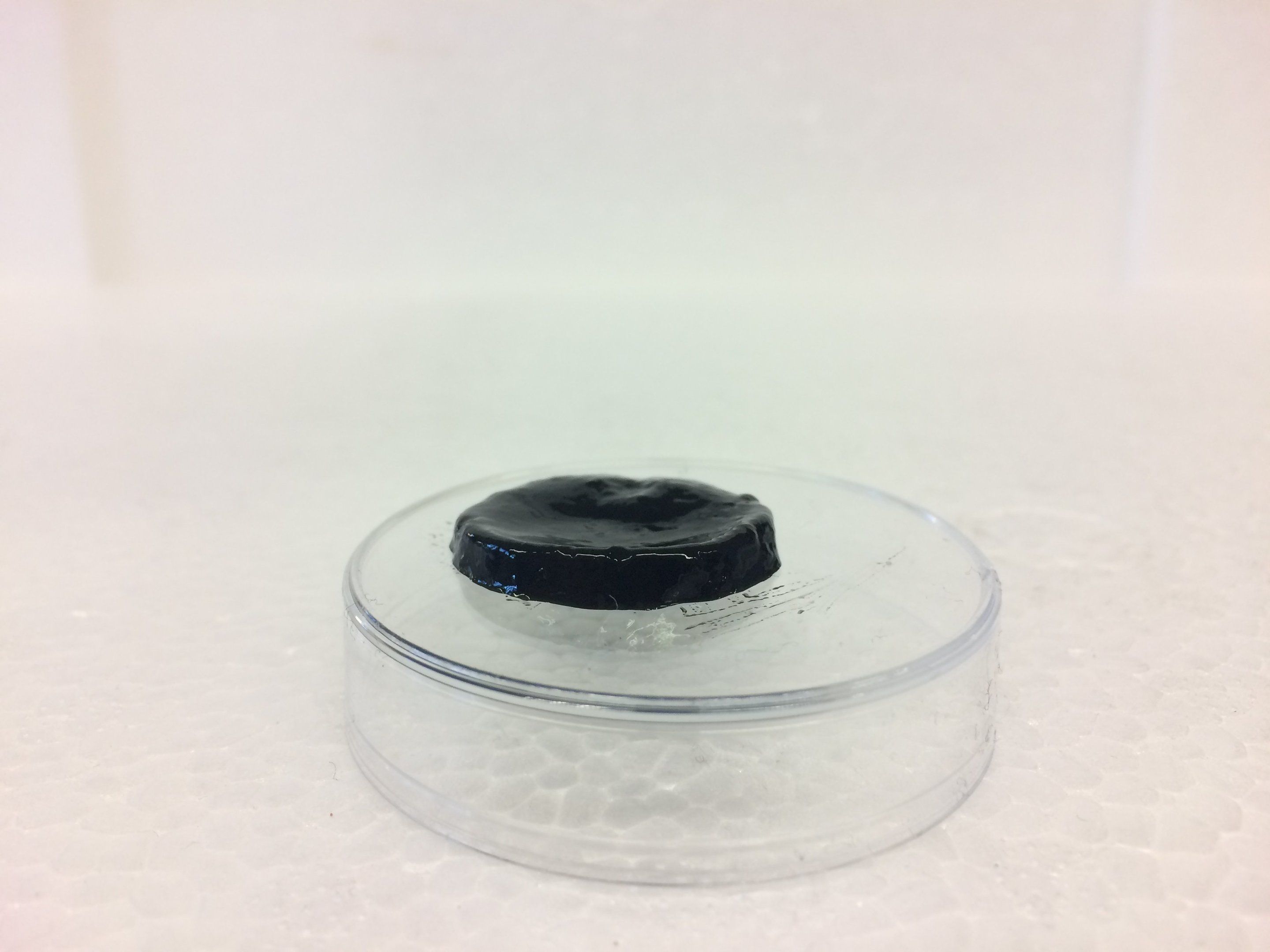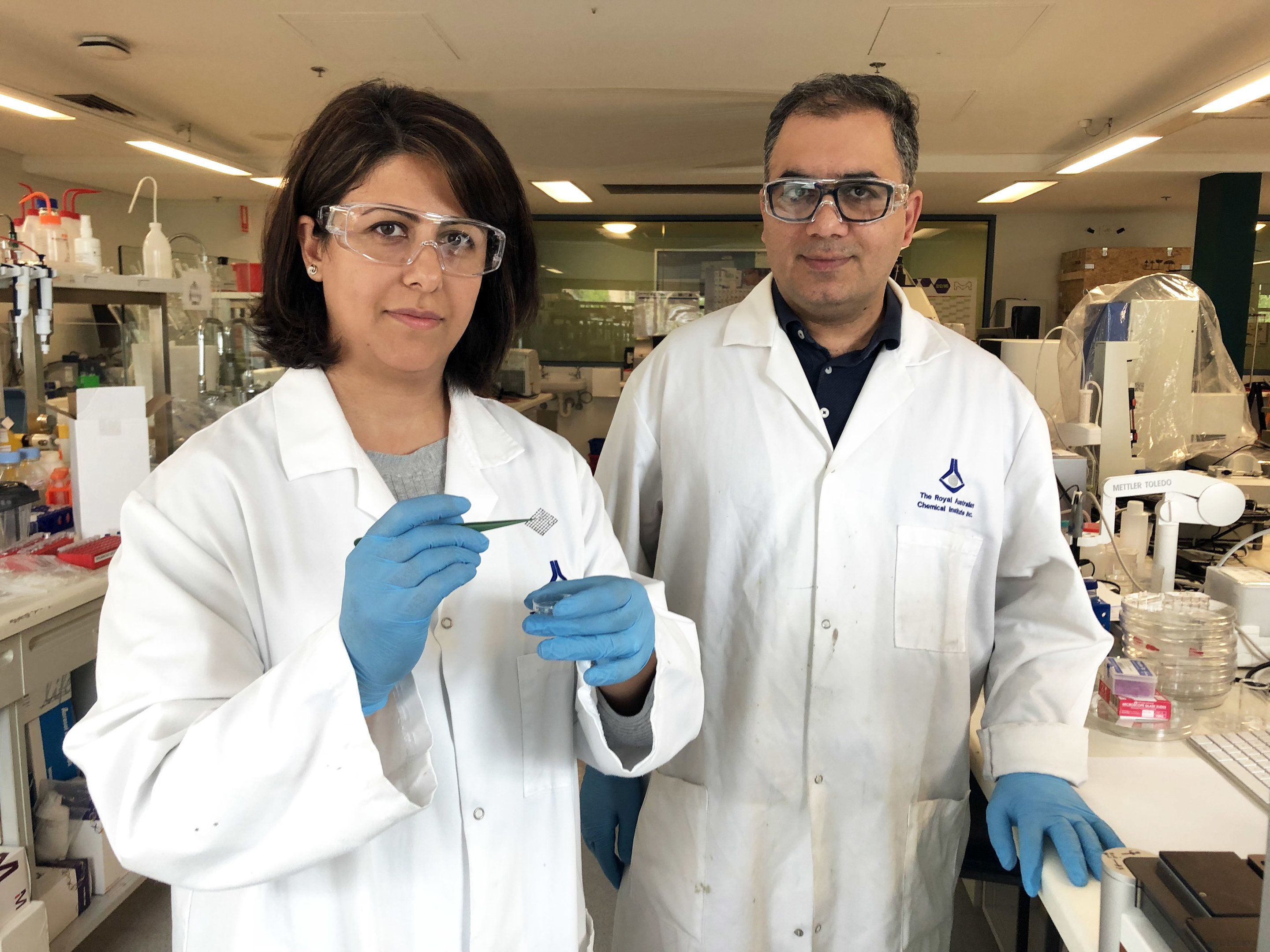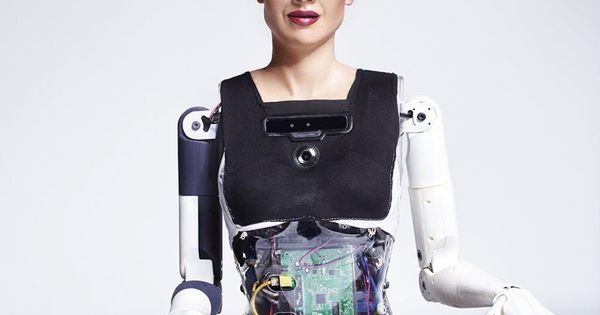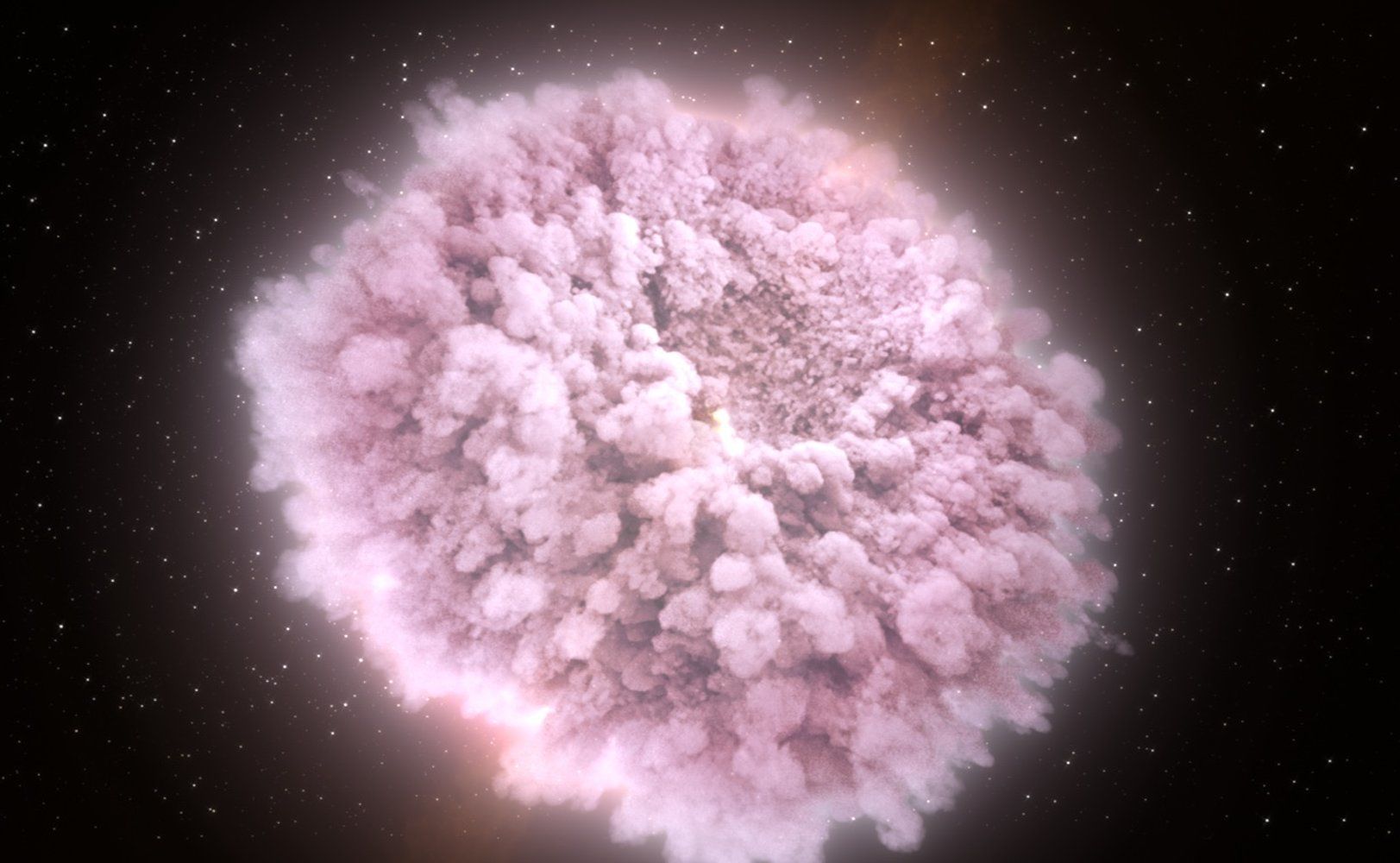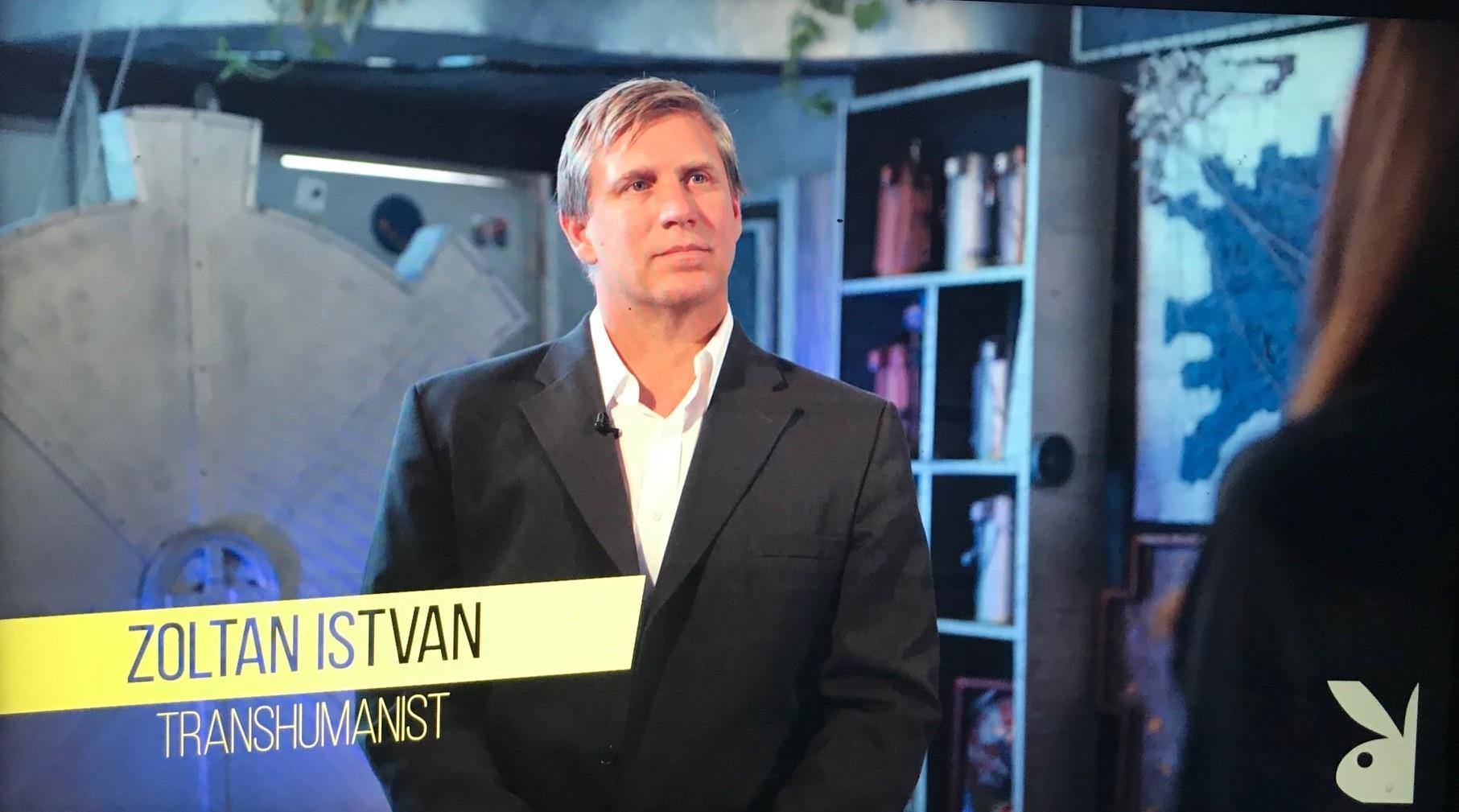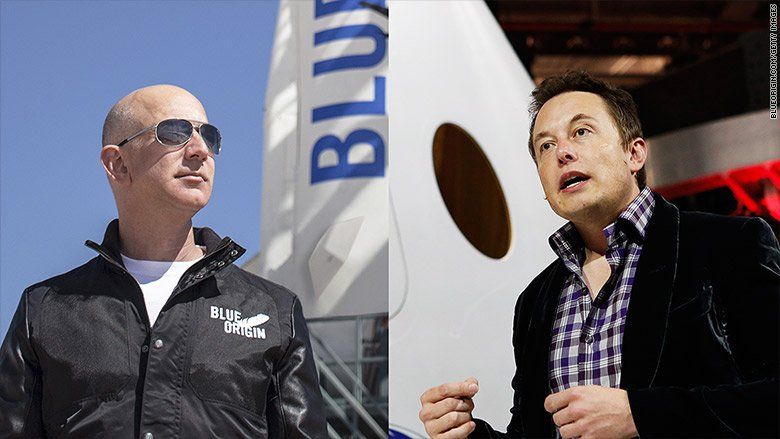Page 9265
Nov 29, 2018
LIVE Announcement: New Moon to Mars Partnerships with US Companies
Posted by Michael Lance in category: space travel

The technology we used to first explore the Moon was groundbreaking for its time. Just imagine what we will accomplish this time around! Join us live as NASA Administrator Jim Bridenstine announces new Moon partnerships with American companies at 2 p.m. EST from our Headquarters in Washington, DC. http://go.nasa.gov/2raigLb&h=AT2-8jJD2ombVAS-0YRBs3zHITf…_ADxNsNZ9g
Nov 29, 2018
Hydrogel-based electrodes for brain implants developed
Posted by Klaus Baldauf in categories: biological, engineering, neuroscience
Hydrogels are physical and chemical polymer networks capable of retaining large quantities of liquid in aqueous conditions without losing their dimensional stability. They are used in a whole host of applications, and in combination with other components and they acquire specific properties such as electrical conductivity. The Materials + Technology research group in the Department of Chemical Engineering and Environment of the UPV/EHU’s Faculty of Engineering selected a biopolymer that had not previously been used for applications of this type: starch. “One of our lines of research focuses on starch, and we regard it as having biological, physical and chemical properties suitable for producing hydrogels,” said Kizkitza Gonzalez-Munduate, a member of the group.
Nov 29, 2018
Study unlocks full potential of ‘supermaterial’ graphene
Posted by Genevieve Klien in categories: computing, physics, solar power, sustainability
New research reveals why the “supermaterial” graphene has not transformed electronics as promised, and shows how to double its performance and finally harness its extraordinary potential.
Graphene is the strongest material ever tested. It’s also flexible, transparent and conducts heat and electricity 10 times better than copper.
After graphene research won the Nobel Prize for Physics in 2010 it was hailed as a transformative material for flexible electronics, more powerful computer chips and solar panels, water filters and bio-sensors. But performance has been mixed and industry adoption slow.
Continue reading “Study unlocks full potential of ‘supermaterial’ graphene” »
Nov 29, 2018
Little Sophia: A New Robot Citizen Has Entered Our World
Posted by Genevieve Klien in category: robotics/AI
Recently, I came across a video featuring Jimmy Fallon interacting with the world’s first robot citizen, Sophia, and a new edition to the robot world, her little sister, Little Sophia. If you have not come across Sophia and Hanson Robotics then check out Zara‘s article to find out more. In short, Sophia is a human-like robot created by Hanson Robotics, an artificial intelligence company located in Hong Kong.
Nov 29, 2018
Einstein’s Theory of General Relativity Just Survived a Massive Crash in Outer Space
Posted by Genevieve Klien in category: space
Once again, the decades-old theory of gravity has survived a modern scientific onslaught. Einstein wins again.
Nov 29, 2018
Transhumanist Zoltan Istvan interviews on Playboy TV
Posted by Zoltan Istvan in categories: electronics, transhumanism
Nov 29, 2018
Bezos and Musk Will Both be Trillionaires in the Space Internet Age
Posted by Klaus Baldauf in categories: computing, internet, satellites
There are huge multi-trillion dollar opportunities developing with Space and the further evolution of the internet.
Space launch and space satellites were already a $300 billion per year industry. Cloud Computing is a $200 billion market in 2018. Global Internet services is a $600 billion market. The Global IT market is nearing $5 trillion in size. The global Auto industry is $2 trillion in size. The Global supply chain industry is $40 trillion in size.
Space launch, Internet and communication, Internet of Things, Space mining, Space Colonization will each become future multi-trillion markets. Those that are already trillion dollar markets will become even larger.
Continue reading “Bezos and Musk Will Both be Trillionaires in the Space Internet Age” »
Nov 29, 2018
Would I Want a Designer Baby?
Posted by Steve Hill in categories: bioengineering, biotech/medical, genetics
A couple of days ago, news about the first designer babies has shaken the world. A Chinese researcher, Jiankui He, and his team at the Southern University of Science and Technology of China have been recruiting couples in order to create the world’s first babies with artificially increased resilience to HIV. The embryos were modified using the CRISPR/Cas9 gene editing tool before being implanted in their mother.
According to the research lead, the twins were born healthy a few weeks ago, and genetic testing performed after they were born confirmed that the editing had actually taken place. While the academic community discusses whether it is acceptable or not to modify human genes, taking into account that the changes made will be inherited by these babies’ offspring and are now added to mankind’s genetic pool, I want to share my own views on designer babies.
Nov 29, 2018
Stone Tools at Arabian “Crossroads” Present Mysteries of Ancient Human Migration
Posted by Genevieve Klien in categories: materials, neuroscience
Scerri now knows when people dropped their tools on the barren ridge, but she can only speculate as to just who they were.
“The hominins responsible for the Acheulean at the site made their way into the heart of now arid Arabia by following lake and river channels. Once there, they climbed up the largest dyke, which was also a source of raw material,” she says. The toolmaking site they created there, perched at a lofty vantage point from which they could observe the surrounding plains, hints at how they may have thought and lived. “We don’t know which hominin taxon made these tools, but what we can say is that the hominins were resourceful and intelligent,” adds Scerri, of the Max Planck Institute and the University of Oxford.
Why these hominins took such a route at all is another area of intriguing speculation. “Although Arabia was wetter when these hominins were at Saffaqah, it was still a marginal environment,” Scerri says. “Were they pushed to the margins by larger brained hominins elsewhere, such as Neanderthals or even Homo sapiens in Africa?”

